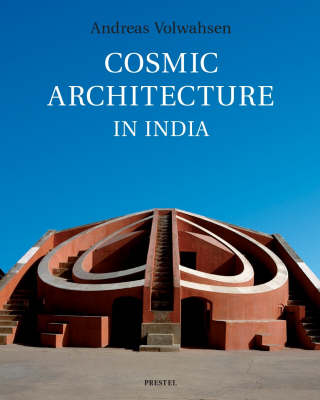Architecture S.
1 total work
The observatories built in the 18th century by the Indian Maharaja Jai Singh II of Jaipur (1686-1743) are little understood wonders of architecture and science. "Cosmic Architecture in India" attempts to understand these mysterious buildings and the history of astronomical science behind them. Situated in Delhi, Jaipur, Benares, Ujjain and Mathura, the buildings show no similarities with contemporary Mogul architecture - indeed their simple geometrical forms inspired Le Corbusier, the great modernist. S owhat was the real significance of these observatories? Andreas Volwahsen's investigation reveals how Hindu priests and mystics as well as Indian mandala theory were the main influences on Jai Singh's architectural projects. Rather than the accurate measurement of the heavens - for which the observatories were in any case useless - the Maharaja's aim was to create a representation of his own earthly powers, and ultimately display his own superior knowledge.
